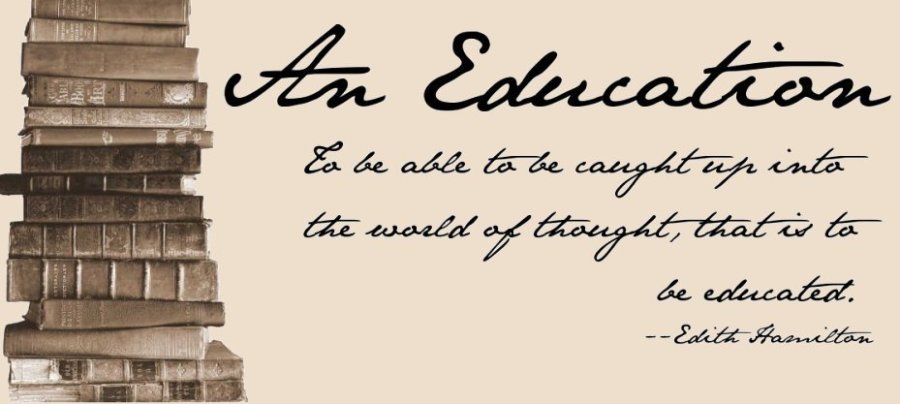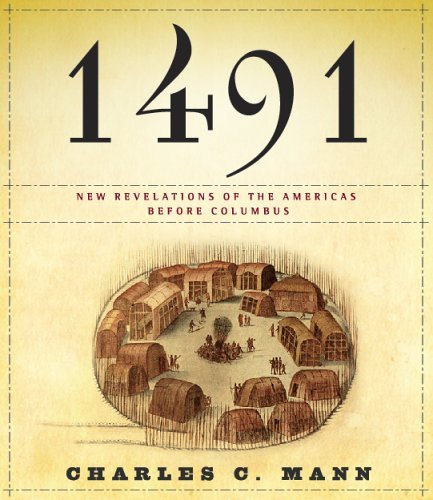The problem with Boyack's approach to work is that she was very specific about what she felt children could do at certain ages (those lists were nice) and she was very emphatic about making your children work--but she didn't really have a plan to implement it per se. She said that kids get bored with the same approach so she rotated through different job charts. Basically, her chapters on work were to motivate parents to think that children working was important.
I also didn't agree with everything she said about raising independent children. For example, she told the story of when she was having a primary presidency meeting in her kitchen and her three year old came in and made a peanut butter sandwich on the floor and then left the kitchen eating it. Boyack used the story as a good example of letting your kids be independent. I thought it was a good story to illustrate why her kids needed to work so much (letting kids eat anywhere but at the kitchen table pretty much drives me nuts). Her tolerance levels for certain things are clearly different from mine. I'm not trying to judge her--I'm just saying my type A personality is not okay with crumbs all over the floor and babies eating wherever they please.
I still think the work chapters are worthwhile because it is important for our kids to learn to work and it is worth it to allow a little mess to facilitate independence. But overall, the chapters on finance were the best part of the book.
Monday, February 28, 2011
One of my favorite topics....
WORKING CHILDREN!!
I haven't read that book - I don't think - but I have read something similar... Oh yes, a book about a Dad opening a National Bank of Dad. I can't remember what the title was. We started that and it was so awesome to see. I also really loved having Josh in charge of it. Nerd that he is, he has a wonderful spreadsheet set up to track everyone's accounts.
But, I don't think you talked enough about the working part, Andrea! I have read the TJED Home Companion and have used a lot of Diann Jepson's ideas. I still go back to the tickets every now and then. I rotate between three different systems to accomplish work. Tickets, going room by room as a group, and just plain assigning jobs that need to be done to specific children. I let them choose between tickets and family work on most days. They choose base on how they feel about working together at the moment. ;-) Adult Skills classes have been a big hit. My oldest - who is what would be considered practice scholar - is still working on getting everything passed of - but a lot of it she can do we just haven't made it "official". I love having a list of basic skills to work on - and love that someone else put thought into putting it together! As they've learned to cook, I've been printing up their mastered recipes and putting them in their adult skills binder so that they are also developing their own personal cookbook as they learn.
I'm curious what Boyack does differently regarding work!
I read an idea about having kids earn privileges. So if they ask to be able to do 'A', you say sure - do 'B' and then you can do 'A'. Everybody wins. ;-)
I haven't read that book - I don't think - but I have read something similar... Oh yes, a book about a Dad opening a National Bank of Dad. I can't remember what the title was. We started that and it was so awesome to see. I also really loved having Josh in charge of it. Nerd that he is, he has a wonderful spreadsheet set up to track everyone's accounts.
But, I don't think you talked enough about the working part, Andrea! I have read the TJED Home Companion and have used a lot of Diann Jepson's ideas. I still go back to the tickets every now and then. I rotate between three different systems to accomplish work. Tickets, going room by room as a group, and just plain assigning jobs that need to be done to specific children. I let them choose between tickets and family work on most days. They choose base on how they feel about working together at the moment. ;-) Adult Skills classes have been a big hit. My oldest - who is what would be considered practice scholar - is still working on getting everything passed of - but a lot of it she can do we just haven't made it "official". I love having a list of basic skills to work on - and love that someone else put thought into putting it together! As they've learned to cook, I've been printing up their mastered recipes and putting them in their adult skills binder so that they are also developing their own personal cookbook as they learn.
I'm curious what Boyack does differently regarding work!
I read an idea about having kids earn privileges. So if they ask to be able to do 'A', you say sure - do 'B' and then you can do 'A'. Everybody wins. ;-)
Sunday, February 27, 2011
What I've Been Reading
 So, this is what I've been reading lately:
So, this is what I've been reading lately: The Parenting Breakthrough: Real-Life Plan to Teach Kids to Work, Save Money, and Be Truly Independent by Merrilee Browne Boyack.
Sorry about the large font--I cut and pasted from amazon and was too lazy to change it. However, this book is good enough to "yell" about. It is the best parenting book I've ever read. Not that I've read a lot, but of the ones I have read--this is the best.
The first part is all about teaching your children to work. I've already spent a lot of hours thinking about how I was going to do that, so I didn't find that part as helpful as the rest. It was still helpful--just, you know, I already have a plan. My plan mostly comes from Dianne Jeppson's (is that her name?) ideas in the Thomas Jefferson Home Companion. I've already started putting together Life Skills Courses for Miriam when she turns 8. I'm really excited about them, actually. I'm also excited to take her out on special outing and introduce the classes to her and give her a new apron (and show her my matching apron) in honor of her new responsibilities. So much to look forward to. So much to do to finish putting classes together!!!
Anyway, back to the book. The second half of the book is about teaching finances and it is AWESOME. I am just amazed at how many good ideas she has. After I read the book I asked Timothy to read the chapters on finances. He did, and then we scheduled a time to talk about the chapters. I said, "Is there anything you want to do with our family that she did with hers?" Timothy said, "Yes. All of it." Which delighted me because I felt the exact same way. Timothy also told me to buy the book as a reference. The copy I read I checked out from the library.
So, at the beginning of Feb. we gave our kids an allowance for the first time. Something I thought I would never, ever do--but now seems like the perfect introduction to saving vs. spending. Cowen has opted to save his money for a mountain bike and get 100% matching interest from the Young Family Bank, but Miriam and Emeline decided to blow their dough. Emeline on a really cute and beloved Calico Critter rabbit baby, and Miriam on dollar store junk that she has played with endlessly. Whatever--the point is, they are getting interested in spending money and learning to make decisions and will eventually grasp interest and the value of saving. In short, I'm pleased with the experiment so far.
Her finance chapters cover why an allowance is a good idea until a child is 12 and reaches "financial independence," creating a family bank, teaching about interest, savings, bills, the value of money. My favorite idea she shared was giving kids age 12 and older a large sum of money in August for clothing and school supplies for the year. That way, they get to make grown-up decisions when they are still young enough to listen to you a little bit. They learn to budget out the money because when it is gone, it is gone. They have to decide whether or not an item is church approved, because if it isn't they can return it or it goes in the garbage. For me, the best part of that is that they have enough money that it matters. Growing up I never had more than $10 to my name and I think that really hurt me when I left home and had no finance skills.
She also talks about money chores and not giving your kids privileges for nothing (you want to visit a friend on Friday and borrow the car--then you wash the car to earn the privilege). I think all of her ideas are really helpful in combating the tendency of parents to do too much for their children.
She also discusses how to teach your kids about mutual funds, the stock market, wise investing and other things I don't understand. Timothy said he would help me. She also talks about the Mission Savings Fund--a really great plan that requires a child to contribute a certain amount of money every month to a savings fund with the contribution increasing as a child gets older. The parents match the child's investment and when a child hits age 19 they should have roughly $12,000 saved. Enough for a mission or, for girls who opt not to go on a mission, quite a bit of school. Pretty brilliant. Since the parents contribute half the funds, it makes it easier to be firm that it is mission money if a child starts to balk.
Anyway, there was too much good stuff for me to go into it all here. Let's just say, Timothy and I completely and radically changed our plans to teach about finances after reading this book. I definitely think this is an IMPROVEMENT and that our kids are lucky we read it.
Subscribe to:
Posts (Atom)


